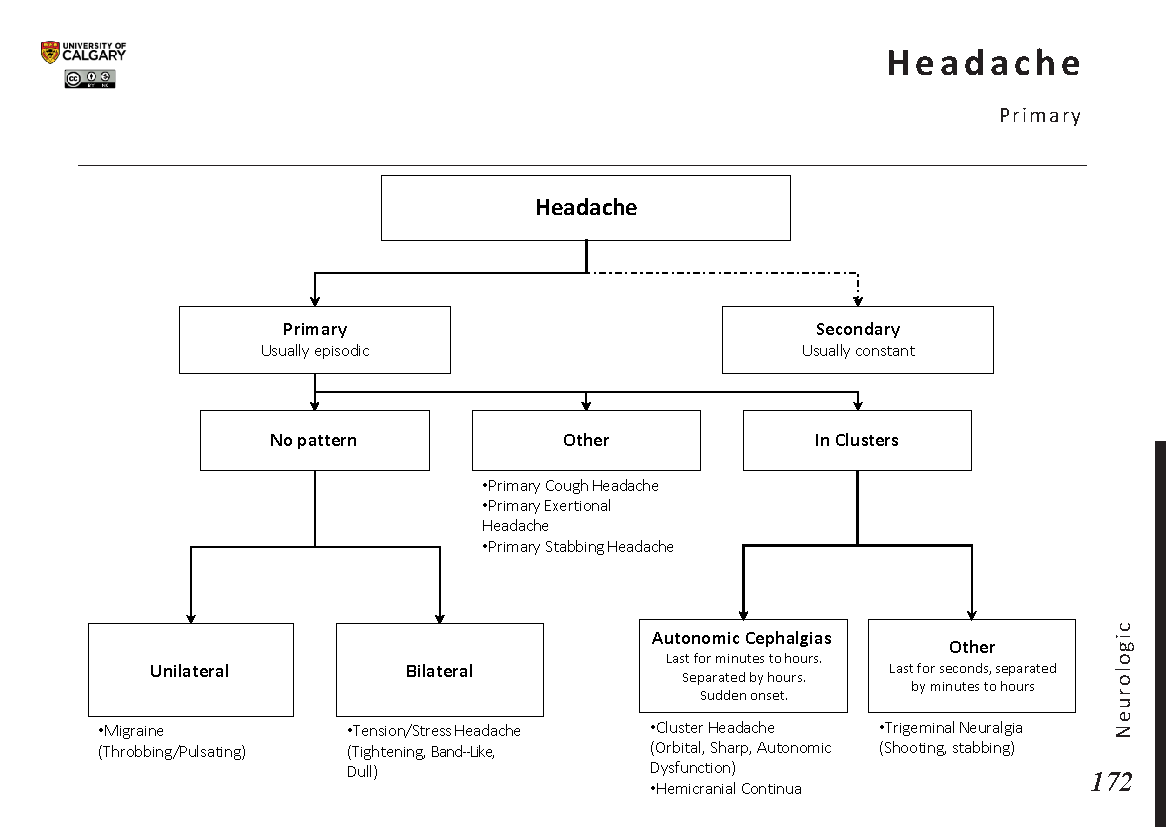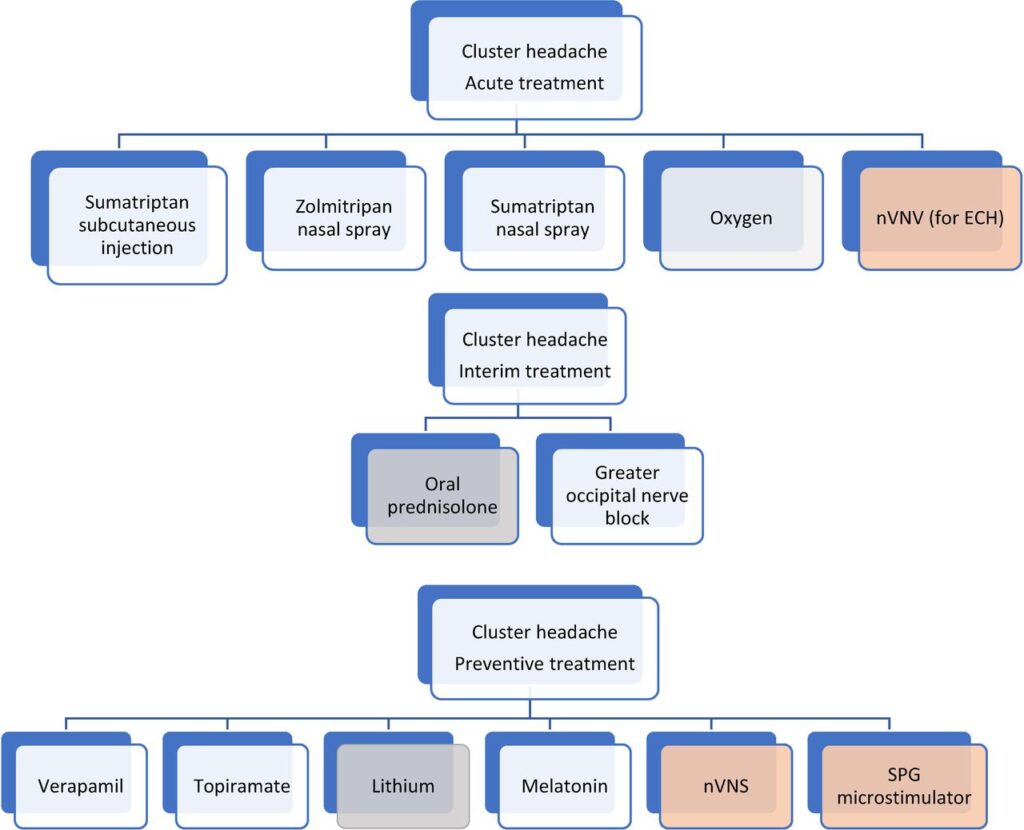Cluster headaches, often abbreviated as CH, are a form of severe headache that occurs in cyclical patterns or clusters. These headaches are known for their intense pain and debilitating nature, often described as one of the most painful conditions a person can experience. Unlike migraines or tension headaches, cluster headaches strike quickly and without warning, making them particularly challenging to manage. This article delves into the causes, symptoms, and treatments associated with this condition to provide a comprehensive understanding for those affected by it.

Understanding Cluster Headaches
Cluster headaches are a type of primary headache disorder, meaning they are not caused by an underlying medical condition. They are relatively rare compared to other types of headaches, affecting less than one percent of the population. Despite their rarity, the severity of the pain and the impact on quality of life make them a significant health concern.
What Sets Cluster Headaches Apart?
- Unilateral Pain: The pain is typically felt on one side of the head, often around or behind one eye.
- Short Duration: Each episode usually lasts between fifteen minutes to three hours but can recur multiple times in a day.
- Cyclical Nature: Attacks occur in clusters, which can last for weeks or months, followed by periods of remission.
Causes of Cluster Headaches
The exact cause of cluster headaches remains unknown, but researchers have identified several factors that may contribute to their onset. Understanding these potential triggers can help individuals better manage and prevent episodes.
Hypothalamus Dysfunction
One leading theory suggests that cluster headaches are linked to abnormal activity in the hypothalamus, a small region in the brain responsible for regulating various bodily functions, including sleep, hunger, and circadian rhythms. Studies using brain imaging techniques have shown increased activity in the hypothalamus during an attack, supporting this hypothesis.
Genetic Factors
While cluster headaches are not directly inherited, there appears to be a genetic predisposition in some cases. Individuals with a family history of cluster headaches are more likely to develop the condition themselves, suggesting that genetics may play a role in susceptibility.
Environmental Triggers
Certain environmental factors can trigger or exacerbate cluster headaches. These include:
- Alcohol Consumption: Drinking alcohol during a cluster period can trigger an attack in many sufferers.
- Strong Smells: Exposure to strong odors such as paint, perfume, or cigarette smoke may provoke an episode.
- Changes in Sleep Patterns: Disruptions in regular sleep schedules, such as jet lag or shift work, can increase the likelihood of an attack.
Symptoms of Cluster Headaches
The symptoms of cluster headaches are distinct and often unmistakable. Recognizing these signs early can aid in prompt diagnosis and treatment.
Key Characteristics of the Pain
- Severe, Piercing Pain: The pain is often described as sharp, burning, or piercing and is concentrated on one side of the head.
- Rapid Onset: Unlike migraines, which tend to build gradually, cluster headaches strike suddenly and reach peak intensity within minutes.
- Localized Pain: The pain is typically centered around or behind one eye but may radiate to the forehead, temple, or cheek.
Associated Symptoms
In addition to the hallmark pain, cluster headaches are accompanied by a range of other symptoms:
- Redness and Tearing of the Eye: The eye on the affected side may become red, watery, or swollen.
- Nasal Congestion or Runny Nose: Similar to allergy symptoms, the nostril on the affected side may become congested or runny.
- Sweating and Flushing: The face on the affected side may become flushed, and excessive sweating may occur.
- Restlessness: Unlike migraine sufferers who prefer to lie down, individuals with cluster headaches often feel compelled to move or pace due to the intensity of the pain.
Treatment Options for Cluster Headaches
While there is no cure for cluster headaches, several treatment options are available to manage symptoms and reduce the frequency of attacks. These treatments can be broadly categorized into acute therapies, preventive measures, and lifestyle modifications.
Acute Therapies
Acute treatments aim to relieve pain during an active attack. These interventions are most effective when administered at the onset of symptoms.
- Oxygen Therapy: Inhaling pure oxygen through a mask has been shown to provide rapid relief for many individuals. This treatment is safe, non-invasive, and highly effective when used correctly.
- Triptan Medications: Injectable or nasal spray forms of triptans, such as sumatriptan, can help alleviate pain by constricting blood vessels in the brain.
- Dihydroergotamine: This medication, available as an injection or nasal spray, is another option for treating acute attacks.
Preventive Measures
Preventive treatments are designed to reduce the frequency and severity of cluster headache episodes. These therapies are particularly important during a cluster period.
- Calcium Channel Blockers: Verapamil, a calcium channel blocker, is one of the most commonly prescribed medications for preventing cluster headaches.
- Lithium Carbonate: Lithium may be effective for chronic cluster headache sufferers, although it requires careful monitoring due to potential side effects.
- Corticosteroids: Short-term use of corticosteroids, such as prednisone, can help break a cycle of frequent attacks.
Lifestyle Modifications
Making certain lifestyle changes can complement medical treatments and improve overall management of cluster headaches.
- Avoiding Triggers: Identifying and avoiding personal triggers, such as alcohol or strong smells, can help reduce the risk of an attack.
- Maintaining a Regular Sleep Schedule: Consistent sleep patterns can minimize disruptions that may trigger headaches.
- Stress Management: Techniques such as meditation, yoga, or deep breathing exercises can help reduce stress levels, which may indirectly benefit headache management.
Emerging Treatments and Research
As research into cluster headaches continues, new treatment options are being explored. Some promising developments include:
- Neuromodulation Devices: Non-invasive devices that stimulate nerves in the brain are showing potential for both acute and preventive treatment.
- Targeted Drug Therapies: Advances in understanding the biological mechanisms of cluster headaches are paving the way for more targeted medications.
- Gene Therapy: Although still in its infancy, gene therapy holds promise for addressing the genetic components of this condition.
Living with Cluster Headaches
Managing cluster headaches requires a multifaceted approach that combines medical treatments, lifestyle adjustments, and emotional support. For many individuals, the unpredictability of these headaches can be emotionally taxing, leading to feelings of frustration, anxiety, or depression. Seeking support from healthcare professionals, support groups, or mental health counselors can be invaluable in navigating the challenges of living with this condition.
Education and awareness are also crucial. By understanding the nature of cluster headaches and staying informed about available treatments, individuals can take proactive steps toward minimizing their impact on daily life.





